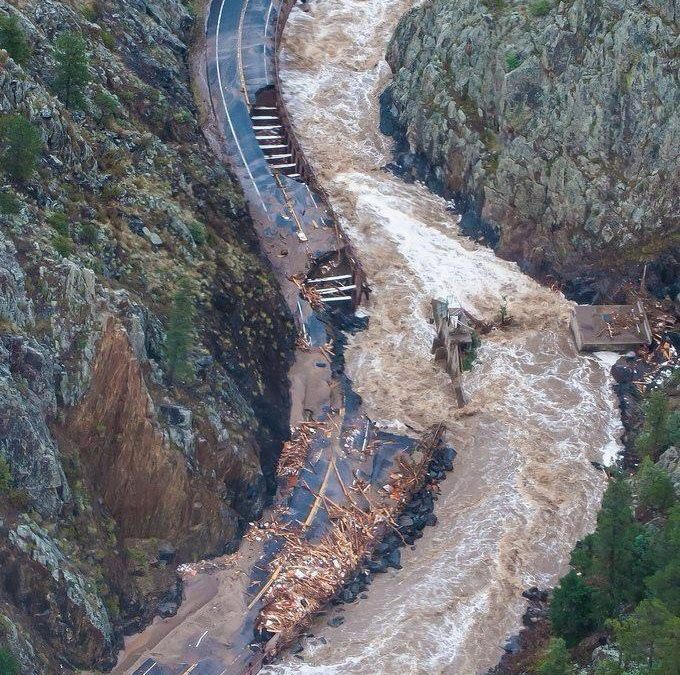Pakistan’s monsoon season, typically spanning July to September, brings heavy rainfall that transforms the landscape but also poses significant challenges for travelers. While the lush greenery and swollen rivers can be picturesque, the risks associated with traveling during this period far outweigh the allure. From safety hazards to logistical disruptions, here’s why you should reconsider travel plans during heavy rainfall in Pakistan.
Road Hazards and Safety Risks
Heavy rainfall often leads to hazardous road conditions across Pakistan. Urban areas like Karachi, Lahore, and Islamabad frequently experience flash flooding, turning streets into rivers and causing traffic gridlock. In 2022, monsoon rains caused widespread flooding, submerging roads and stranding commuters. Rural and mountainous regions, such as those in Khyber Pakhtunkhwa and Gilgit-Baltistan, face even greater dangers, with landslides and mudslides blocking highways like the Karakoram Highway. These conditions make driving treacherous, increasing the risk of accidents or being stranded in remote areas with limited access to help.
Public Transport Disruptions
Rainfall disrupts Pakistan’s public transportation systems, including buses, trains, and flights. Flooded railway tracks and waterlogged airports often lead to cancellations or delays. For instance, during the 2024 monsoon season, Pakistan Railways suspended operations on several routes due to track damage, while flights to and from cities like Quetta and Peshawar were grounded due to poor visibility and runway flooding. These disruptions can leave travelers stuck, with limited options for accommodation or safe onward travel.
Health and Environmental Concerns
Heavy rainfall creates breeding grounds for mosquitoes, increasing the risk of diseases like dengue and malaria, particularly in urban centers and low-lying areas. Stagnant water and poor sanitation during floods can also lead to waterborne illnesses, posing a health risk for travelers. Additionally, strong winds and thunderstorms often accompany heavy rains, further endangering those caught outdoors or in poorly constructed shelters.
Impact on Tourist Destinations
Popular tourist spots, such as the northern valleys of Hunza, Swat, and Murree, become less accessible and more dangerous during heavy rainfall. Flooded trails, washed-out bridges, and the risk of rockfalls deter even the most adventurous travelers. Coastal areas like Gwadar and Karachi’s beaches are also unsafe due to high tides and rough seas. Visiting heritage sites, such as the archaeological ruins of Mohenjo-Daro, can be challenging, as flooding often damages access routes and facilities.
Tips for Safe Planning
If travel is unavoidable, take precautions:
- Check Weather Updates: Monitor forecasts from the Pakistan Meteorological Department for real-time alerts.
- Choose Safe Routes: Opt for major highways less prone to flooding and avoid night travel.
- Emergency Supplies: Carry essentials like food, water, a first-aid kit, and a charged phone with emergency contacts.
- Stay Informed: Follow local news and social media for updates on road closures and flood warnings.
Conclusion
While Pakistan’s monsoon season enhances its natural beauty, it also brings significant risks for travelers. From dangerous road conditions and transport disruptions to health hazards and inaccessible destinations, heavy rainfall makes travel challenging and unsafe. Unless absolutely necessary, postpone your plans and wait for clearer skies to explore Pakistan’s wonders safely. Stay informed, prioritize safety, and enjoy the country’s beauty when conditions are more favorable.
